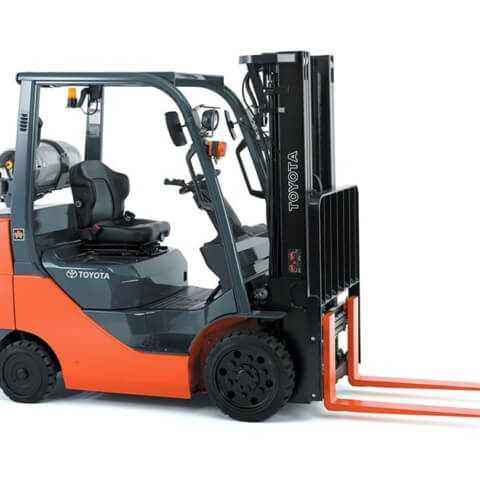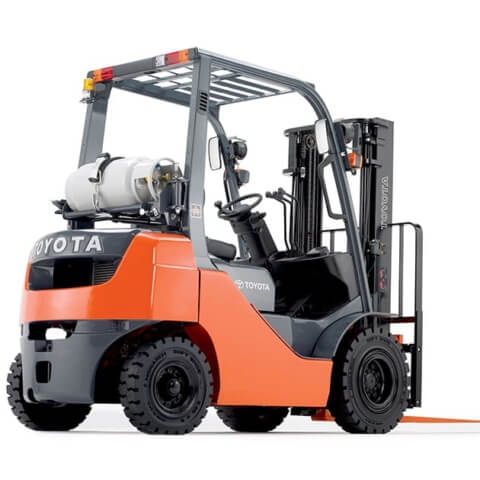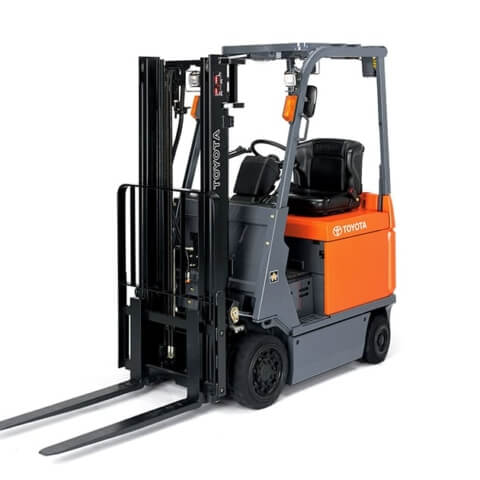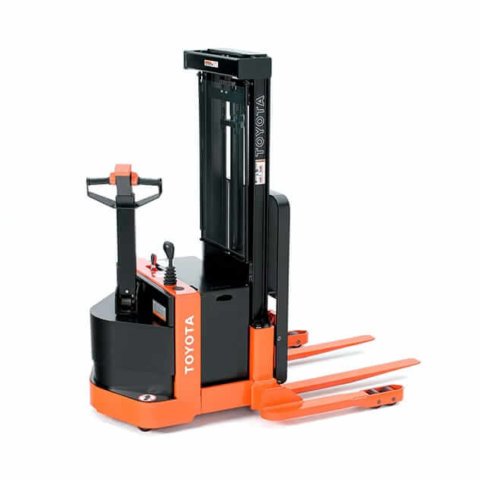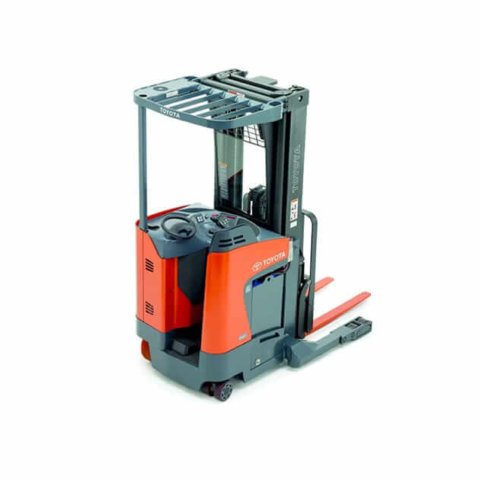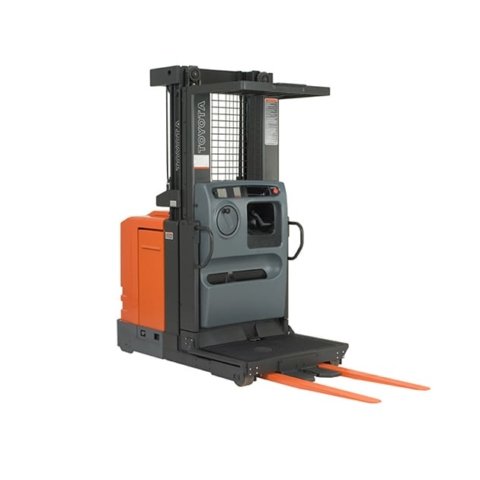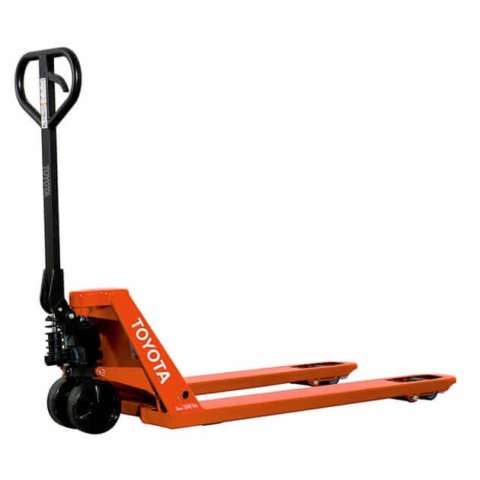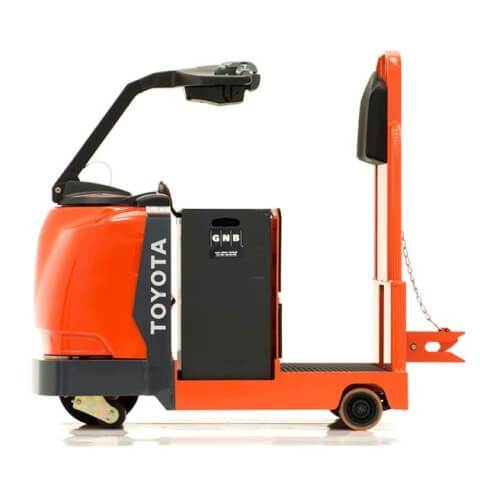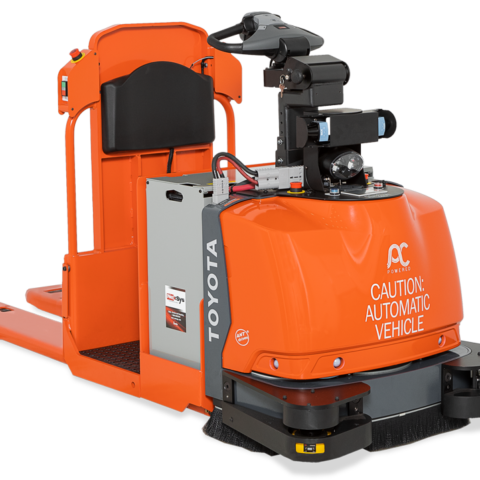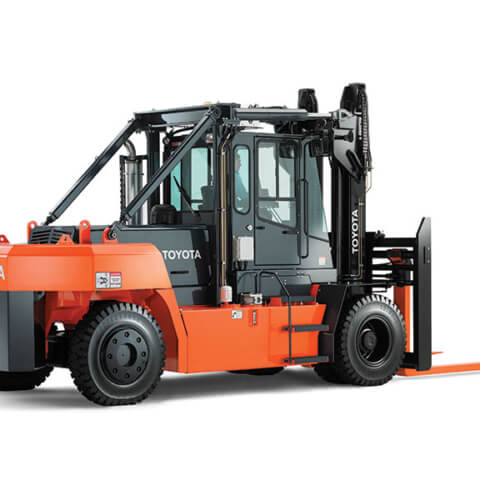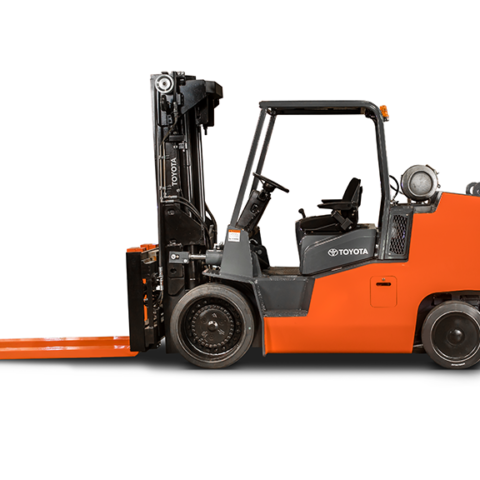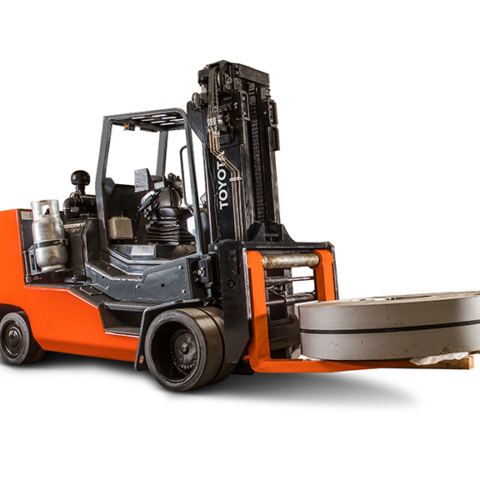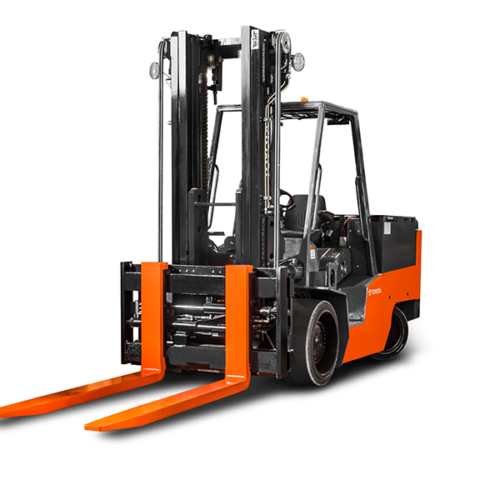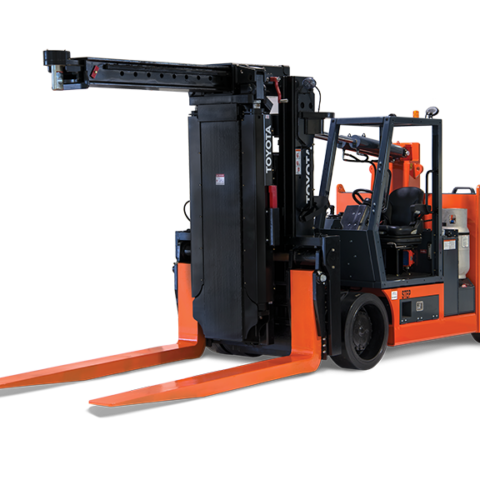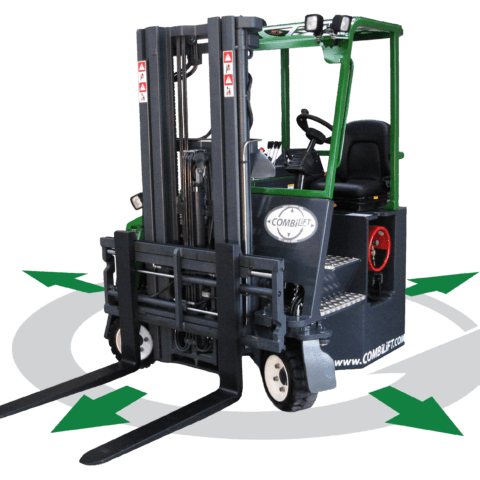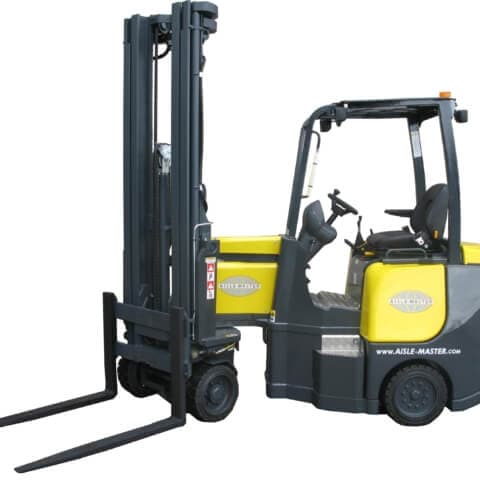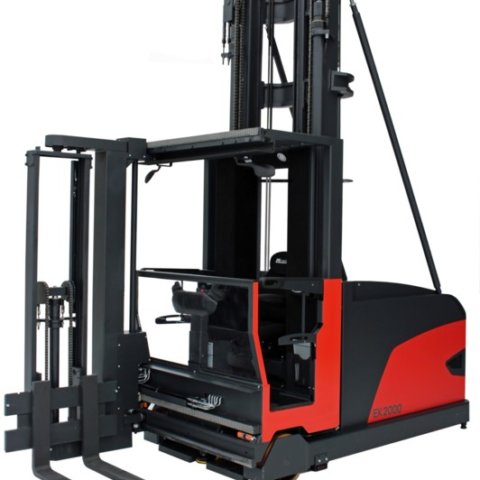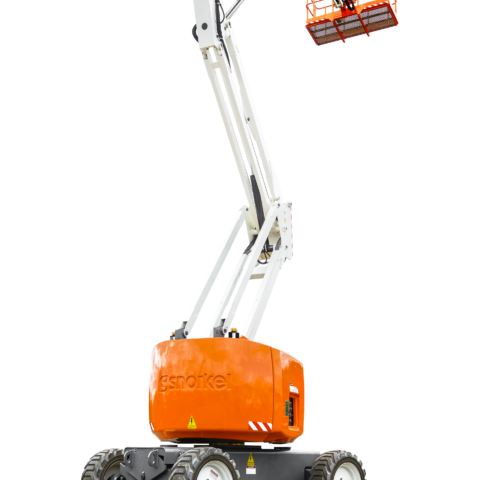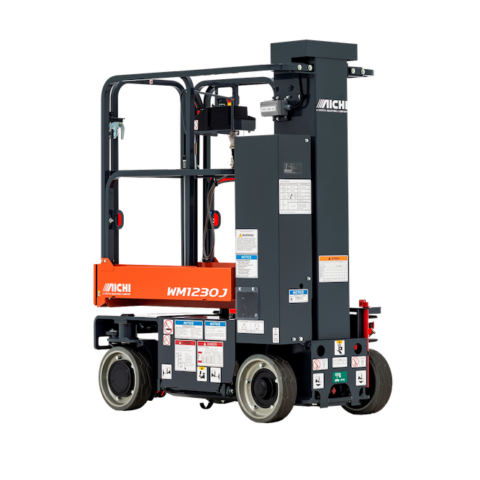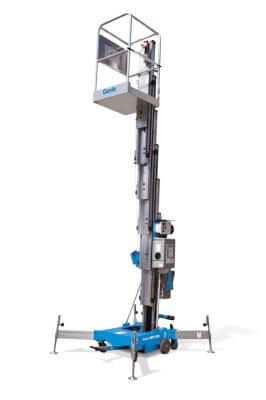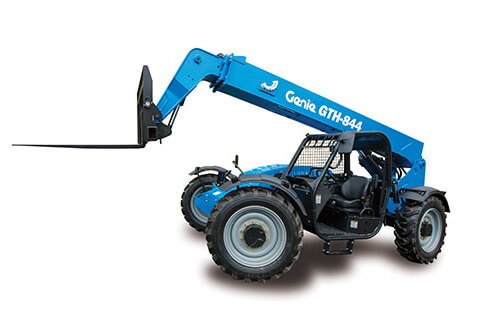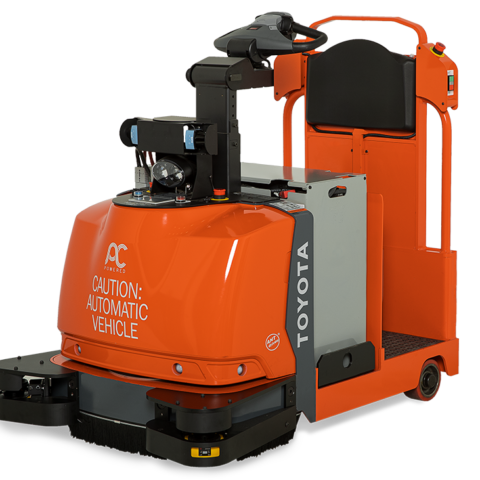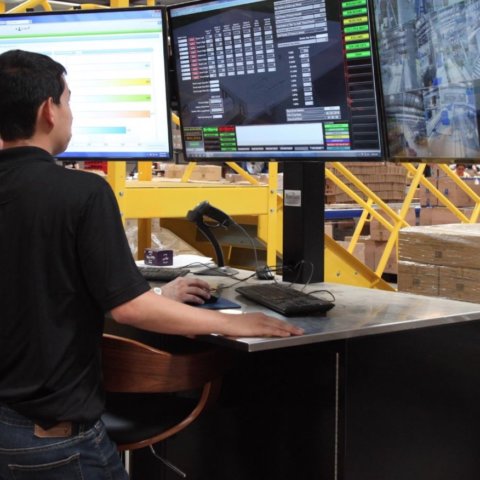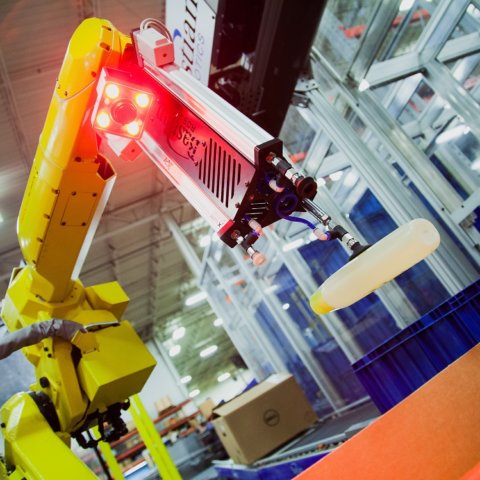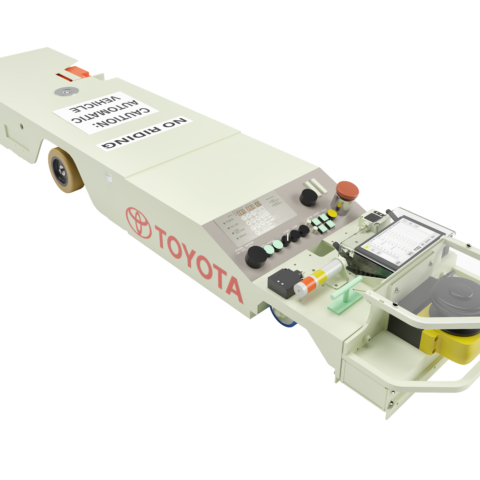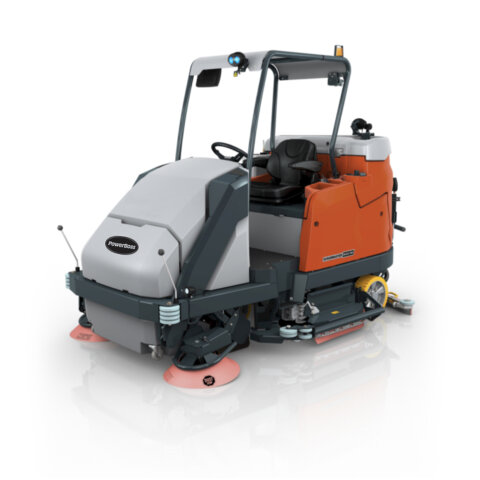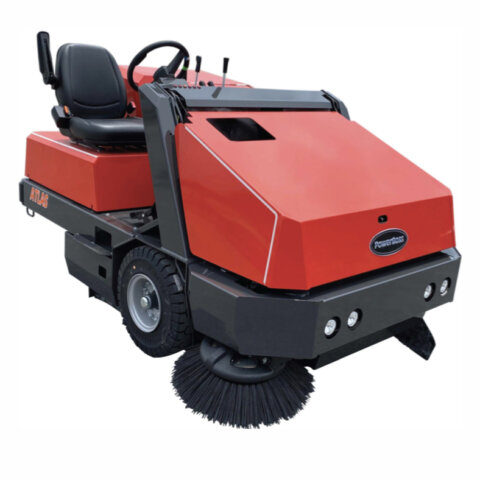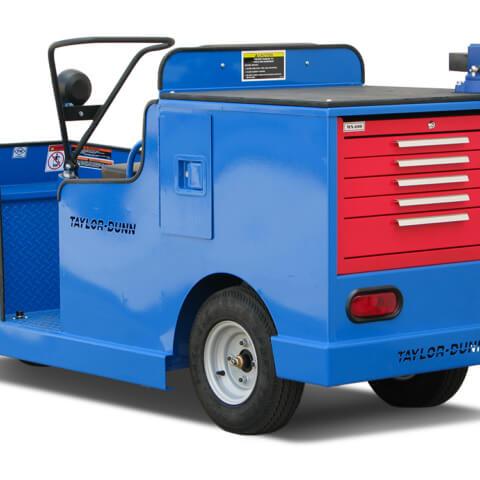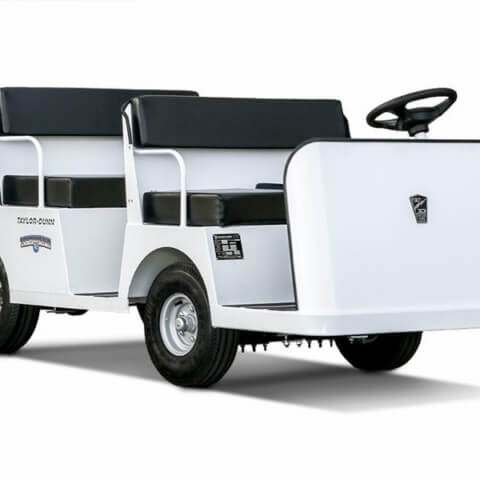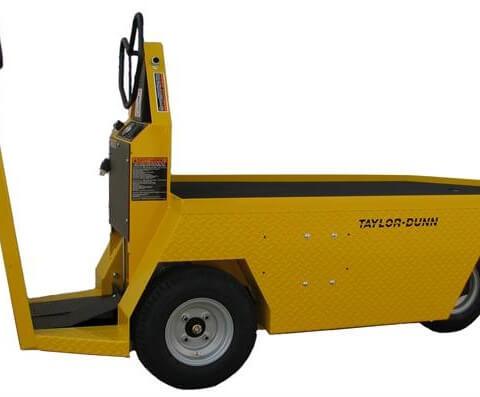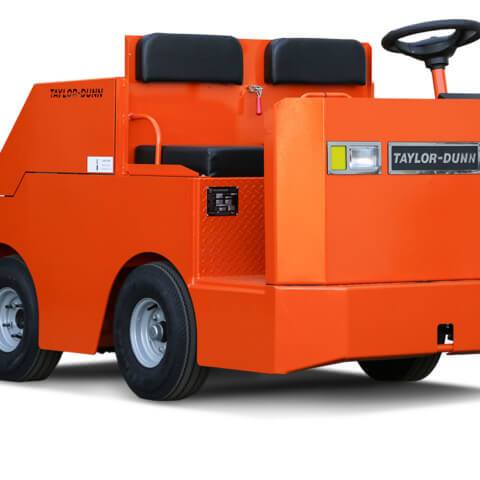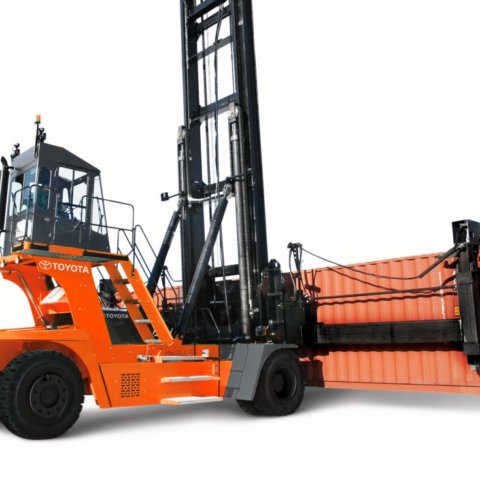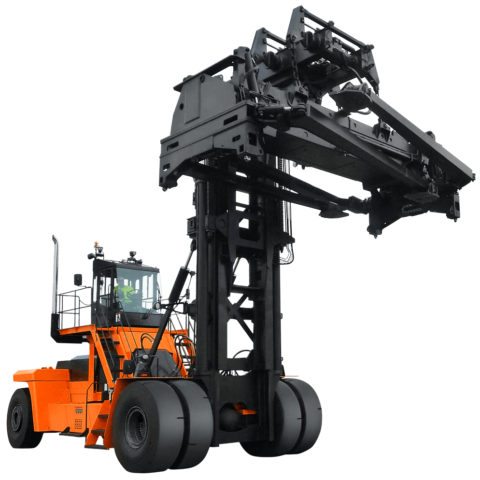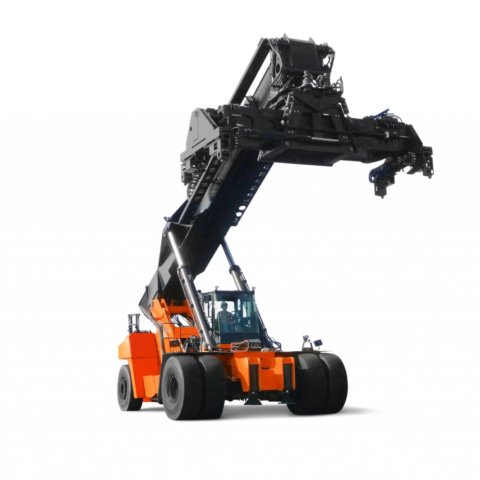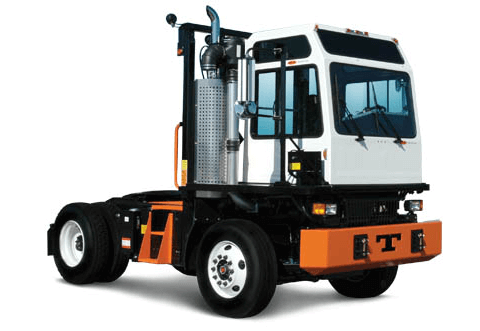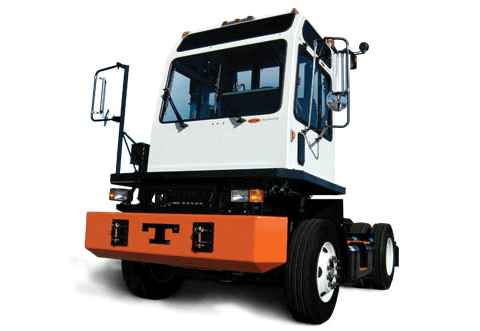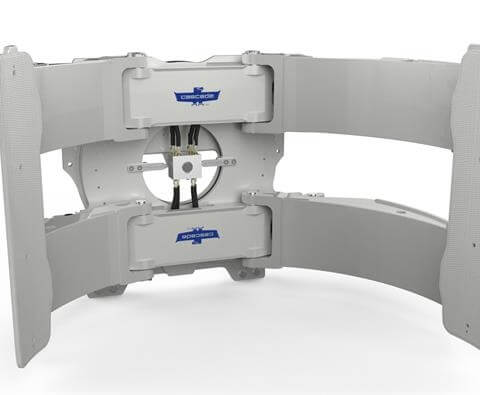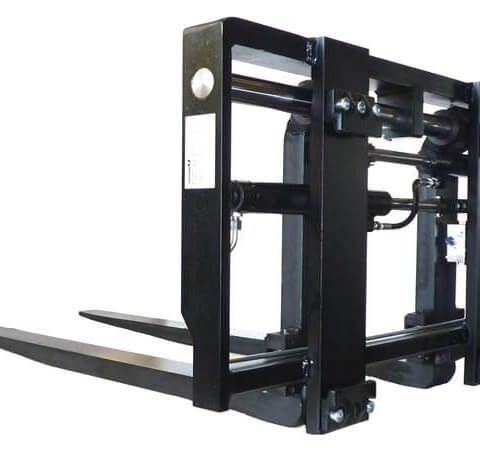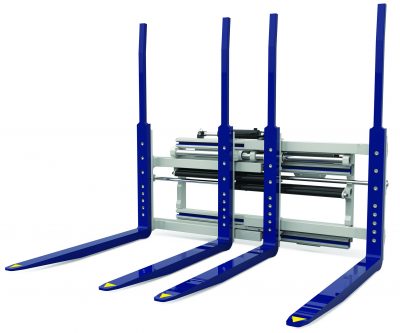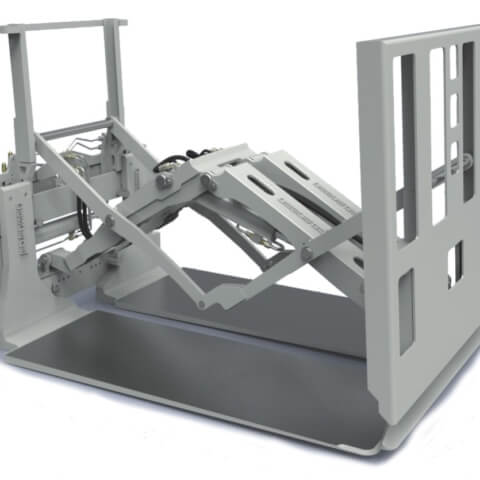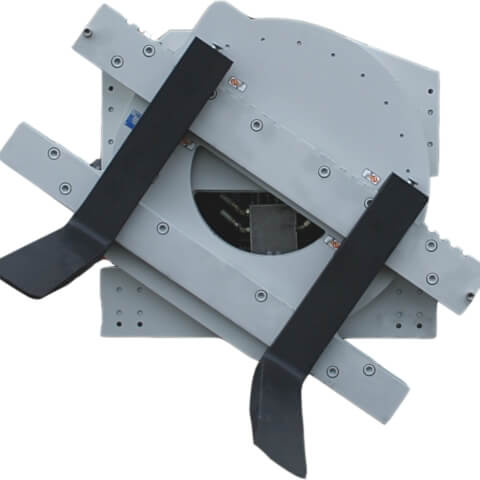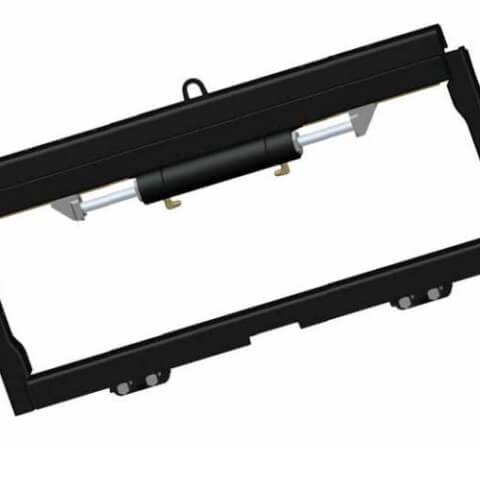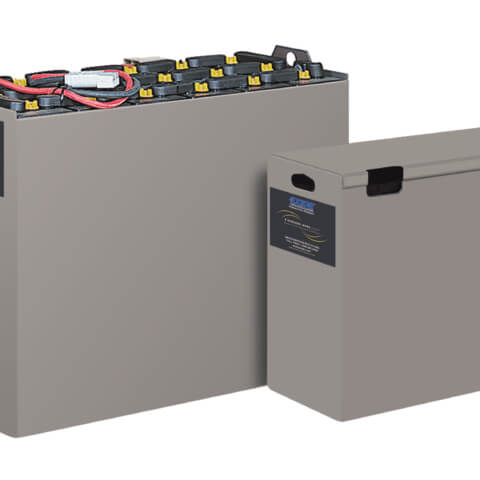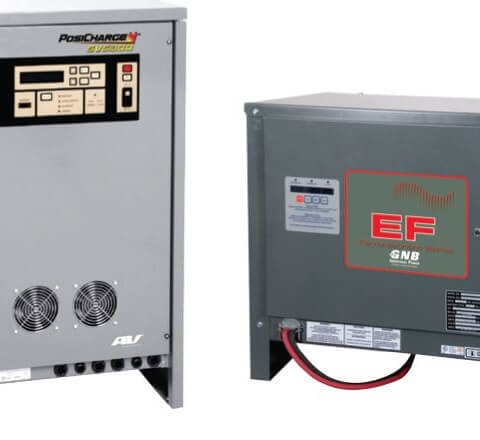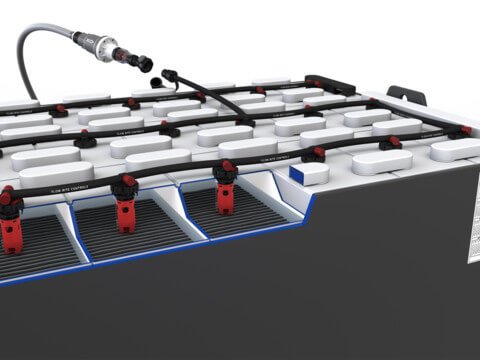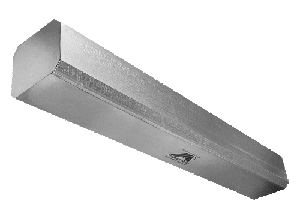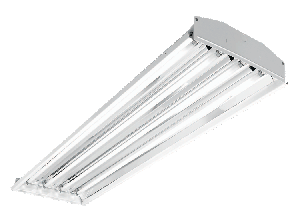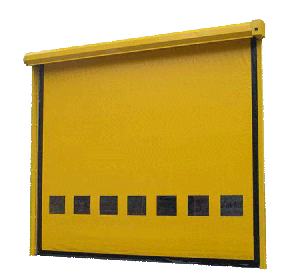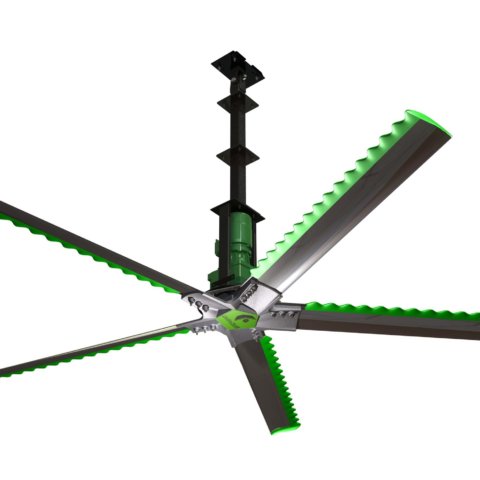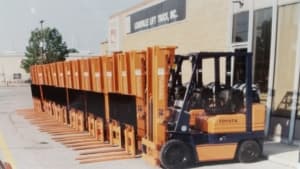
The Toyota 5-Series forklift, lined in front of ProLift’s original location and sold during the 1980’s.
The first seated counterbalance forklift was produced by Clark Material Handling Company in 1918. The forklift was gasoline powered and started by manually cranking the engine. The Tructrator, as it came to be known, was the first vehicle to integrate an engine, frame, transmission, brakes, wheels and a steering system to address material handling jobs. Its purpose was to haul materials between various company departments which would free up man-power and increase productivity.
Later in the 1920s, forklift manufacturers began to develop and utilize hydraulic systems. This system consisted of hydraulic cylinders, pump and control valve, replacing the older gear-driven chain and pulley assembly used for lifting. Forklifts enjoyed the advantage of higher capacities and smoother operation by utilizing hydraulics.
In the mid- to late-1930s, increased manufacturing levels spurred more innovations in the design and capabilities of electric forklifts, such as adding electrical systems. Eventually, large electric forklifts were introduced, giving customers a higher-capacity alternative with the same features of smaller models, only enhanced with greater lifting capabilities.
Thus the forklift evolved. From the earliest incorporation of a motor, transmission, drive components and wheels mounted on the frame, the equipment was continually improved. From its beginnings, forklift development and design has been in response to safe and productive material handling applications.
Classification of Forklifts and Industrial Trucks
In order to categorize and differentiate between the various models of material handling equipment, the Industrial Truck Association (ITA) classifies industrial vehicles into (7) categories.
- Class I: Electric-motor powered, sit-down rider, counterbalanced forklifts that may be cushion or pneumatic tire vehicles. These models are often used in areas requiring pollution free operation such as food processing, freezers or general warehousing.
- Class II: Electric-motor powered, narrow aisle vehicles utilizing a solid tire design. There are many variations of Class II vehicles such as reach trucks, order pickers, low lift pallet and platform lifts.
Reach trucks are designed to be used in narrow aisles and are equipped with a pantagraph attachment that allows the forks to be extended into the rack. Order pickers are designed to allow the operator to be raised with the platform. This allows the operator to “pick” small loads at different rack levels and stack the items on a pallet located behind the operator’s compartment. - Class III: Electric-motor powered, walkie or walkie/rider vehicles utilizing a solid tire design. Sometimes called powered pallet trucks, the operator generally walks with the vehicle or rides in a standing position.
- Class IV: Internal combustion, sit-down rider, cushion tire, counterbalanced forklifts. These vehicles are intended for use on smooth, hard surfaces in wet or dry conditions.
- Class V: Internal combustion, rider type, pneumatic tire, counterbalanced forklifts designed for travel on rough surfaces such as earth or gravel roads.
- Class VI: Internal combustion or battery powered tow tractor models utilizing cushion or pneumatic tires.
- Class VII: Rough terrain forklifts.
Adding or replacing a forklift in your fleet? Contact an equipment specialist to discuss available options and request a quote!

